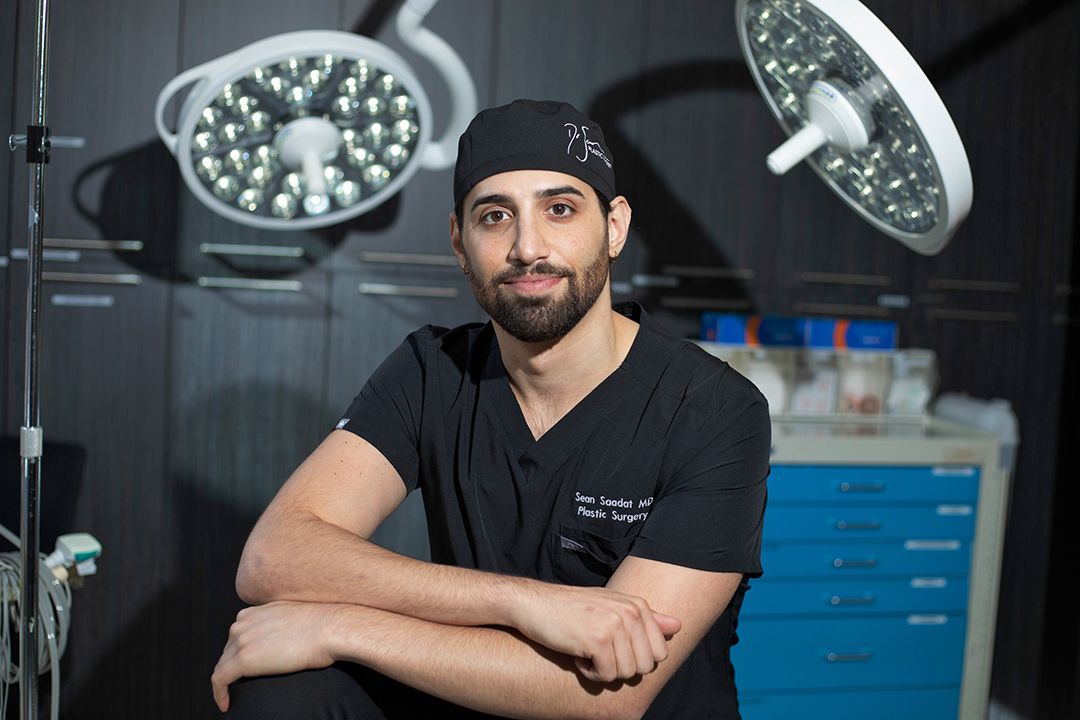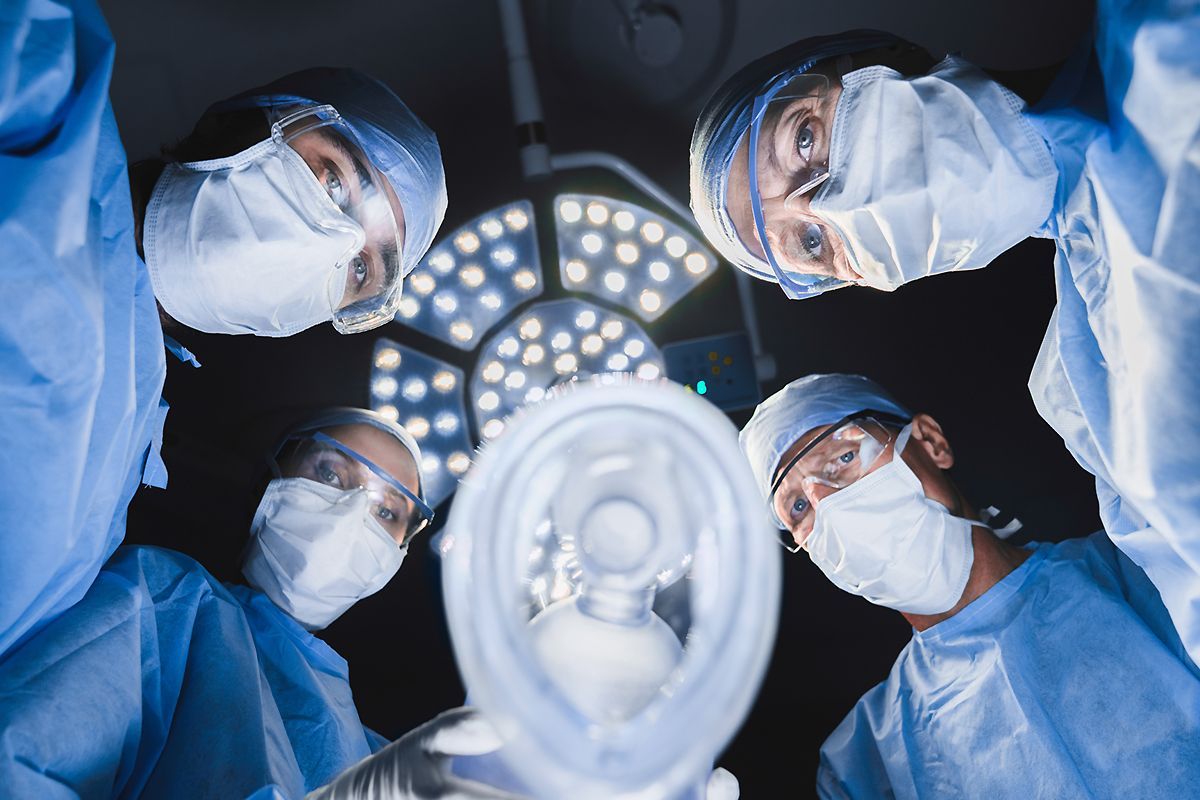Advancing Patient Assurance:
The New Era of Safety in Modern Plastic Surgery

One of the main concerns that may come up when considering plastic surgery is the fear of the surgery itself and the risks involved. However, advancements in medical technology and surgical practices have significantly improved safety standards in plastic surgery, resulting in a much safer experience for patients today. Read on to learn more about the latest advancements in ensuring patient assurance through advancements in modern surgery safety measures.
Confronting the Fear of Surgery
When considering plastic surgery, the fear of surgery itself can be a significant barrier for many. The psychological impact of this fear cannot be understated, as it can lead to heightened anxiety, stress, and uncertainty. Understanding and addressing these fears is crucial in overcoming the barrier to enjoying the benefits of plastic surgery, and ensuring a positive surgical experience.
One of the primary concerns related to surgery is safety. Patients often worry about the potential risks associated with anesthesia and the overall safety of the procedure. However, it's essential to recognize that surgical advancements and stringent safety protocols have significantly improved the safety of plastic surgery over the years.
Anesthesia risks are a common fear among patients undergoing surgery. The fear of not waking up or experiencing complications during anesthesia can be overwhelming. It's important to note that advancements in medical technology have made anesthesia much safer, with fewer risks and more precise dosing.
It's important to address fears before surgery by having open communication with your plastic surgeon. Understanding and acknowledging common concerns related to safety and anesthesia risks are essential in ensuring a positive surgical experience for patients considering plastic surgery.
Introduction to Safety Standards in Plastic Surgery
In the world of modern plastic surgery, patient safety and assurance are a priority. Let's look at the historical perspective on safety in plastic surgery, explore the role of regulatory bodies and guidelines, and discuss the latest technological innovations that have revolutionized safety practices in the field.
- Historical Perspective on Safety in Plastic Surgery
Over the years, the evolution of safety measures in plastic surgery has been remarkable. From the early days of rudimentary procedures to the sophisticated techniques used today, the emphasis on patient well-being has been a driving force. The history of plastic surgery safety is a testament to how dedicated professionals have worked hard to establish the highest standards of care for patients undergoing cosmetic procedures.
- Regulatory Bodies and Guidelines
Regulatory bodies play a critical role in setting and maintaining safety standards in plastic surgery. Their presence, such as the American Society of Plastic Surgeons (ASPS) and the International Society of Aesthetic Plastic Surgery (ISAPS), is a reassurance for patients. These organizations have established guidelines to govern the practice of plastic surgery and ensure patient safety. These guidelines cover aspects ranging from surgical techniques to facility accreditation, aiming to assure patients that they are in safe hands.
- Technological Innovations in Safety
Plastic surgery has witnessed a rapid advancement in technological innovations that have greatly enhanced safety protocols. These innovations have revolutionized procedures, from 3D imaging for preoperative planning to robotic-assisted surgeries, minimizing risks and improving outcomes. Surgeons now have access to state-of-the-art tools and techniques that ensure patients' safety and optimize results, leading to greater patient satisfaction.
Advancements in Modern Plastic Surgery Safety
In the early days of plastic surgery, procedures carried a higher level of risk due to limited medical knowledge and technology. Patients faced potential complications during surgeries, and anesthesia risks were a primary concern. The fear of undergoing surgery was heightened by the uncertainty surrounding the outcomes.
However, breakthrough developments paved the way for improved safety standards. Medical technology played a vital role in enhancing patient well-being and minimizing risks associated with surgical procedures.
When it comes to modern day plastic surgery, the evolution of safety measures has been a significant focus, ensuring the well-being and confidence of patients undergoing cosmetic procedures. The following advancements have revolutionized the field, enhancing patient assurance and safety standards.
- Advancements in Anesthesia Techniques
One of the key areas that have seen significant progress is anesthesia techniques. Modern plastic surgery practices prioritize personalized anesthesia plans tailored to each patient's specific needs, demonstrating a high level of care and consideration. From local anesthesia to advanced sedation methods, the emphasis is on maximizing comfort while minimizing risks.
- Minimally Invasive Procedures and Safety
The shift towards minimally invasive procedures has been a game-changer in enhancing safety standards in plastic surgery. These techniques not only result in shorter recovery times and reduced scarring but also lower the risk of complications during and after the procedure. By utilizing cutting-edge technologies and precise surgical tools, plastic surgeons can now achieve remarkable results with minimal invasiveness.
- Risk Reduction Measures
From thorough pre-operative assessments to stringent post-operative care protocols, plastic surgery facilities are committed to minimizing potential risks and maximizing positive outcomes. By prioritizing transparency, communication, and continuous monitoring, patients today can feel confident in the safety measures in place.
Building Patient Trust in Surgical Safety
Patients seek reassurance not only regarding exceptional surgical outcomes but also about being in the safest hands before undergoing surgery. As a patient considering surgery, here are some of the key elements that contribute to ensuring your safety throughout the surgical process.
- Transparent Communication: Clear and open communication between the surgical team and the patient regarding the procedure, potential risks, and safety protocols.
- Experienced Surgeons: Patients are reassured by the expertise and experience of the surgeon and his surgical team, knowing that they are in capable hands.
- Thorough Preoperative Assessment: Comprehensive evaluation of the patient's health status and medical history to identify and address any potential risks prior to surgery.
- Adherence to Safety Protocols: Strict adherence to established safety protocols and best practices throughout the surgical process, including infection control and patient monitoring.
- Patient Education: Providing patients with detailed information about the procedure, postoperative care, and potential complications to empower them to make informed decisions.
- Facility Accreditation: Operating in accredited facilities that meet stringent safety and quality standards, providing patients with an added sense of security.
- Postoperative Care and Monitoring: Continuous monitoring and follow-up care to ensure that the recovery is progressing as expected and to address any postoperative concerns.
Future Trends in Plastic Surgery Safety
Advancements in technology are revolutionizing the plastic surgery industry, and it continues to evolve. Here are some of the current key trends shaping the landscape of modern plastic surgery.
- Integration of Artificial Intelligence in Safety Monitoring
One of the most significant developments in plastic surgery safety standards is the integration of artificial intelligence (AI) in safety monitoring. AI algorithms can analyze large amounts of data in real-time, helping to predict and prevent potential risks during surgical procedures. By leveraging AI-powered tools, surgeons can enhance patient safety and minimize complications, improving the overall quality of care.
- Personalized Safety Protocols
Another crucial trend is the implementation of personalized safety protocols tailored to individual patients. By taking into account medical history, genetic predispositions, and lifestyle habits, plastic surgeons can develop personalized safety plans to address specific risks and enhance outcomes. This customized approach enhances safety and significantly increases patient satisfaction and confidence in the surgical process, making them feel more secure and comfortable.
- Global Standardization
Establishing standardized safety protocols in plastic surgery requires global collaboration. By sharing best practices, research findings, and safety guidelines across borders, the industry can ensure consistency in safety measures and promote continuous improvement. This global collaboration fosters a culture of transparency, accountability, and innovation, ultimately benefiting patients worldwide and instilling a sense of optimism about the future of plastic surgery safety.
As advancements in technology and medical practices continue to shape the future of plastic surgery safety, patients can feel more confident and reassured when considering cosmetic procedures.
Safety Standards at Dr. Sean Plastic Surgery!
Dr. Sean Saadat is a Beverly Hills plastic surgeon specializing in advanced facial and body rejuvenation techniques. To learn more about our safety protocols, technologies, and state-of-the-art surgical facility, schedule a consultation by contacting (310) 269-7173 or contact@drseanplasticsurgery.com.










